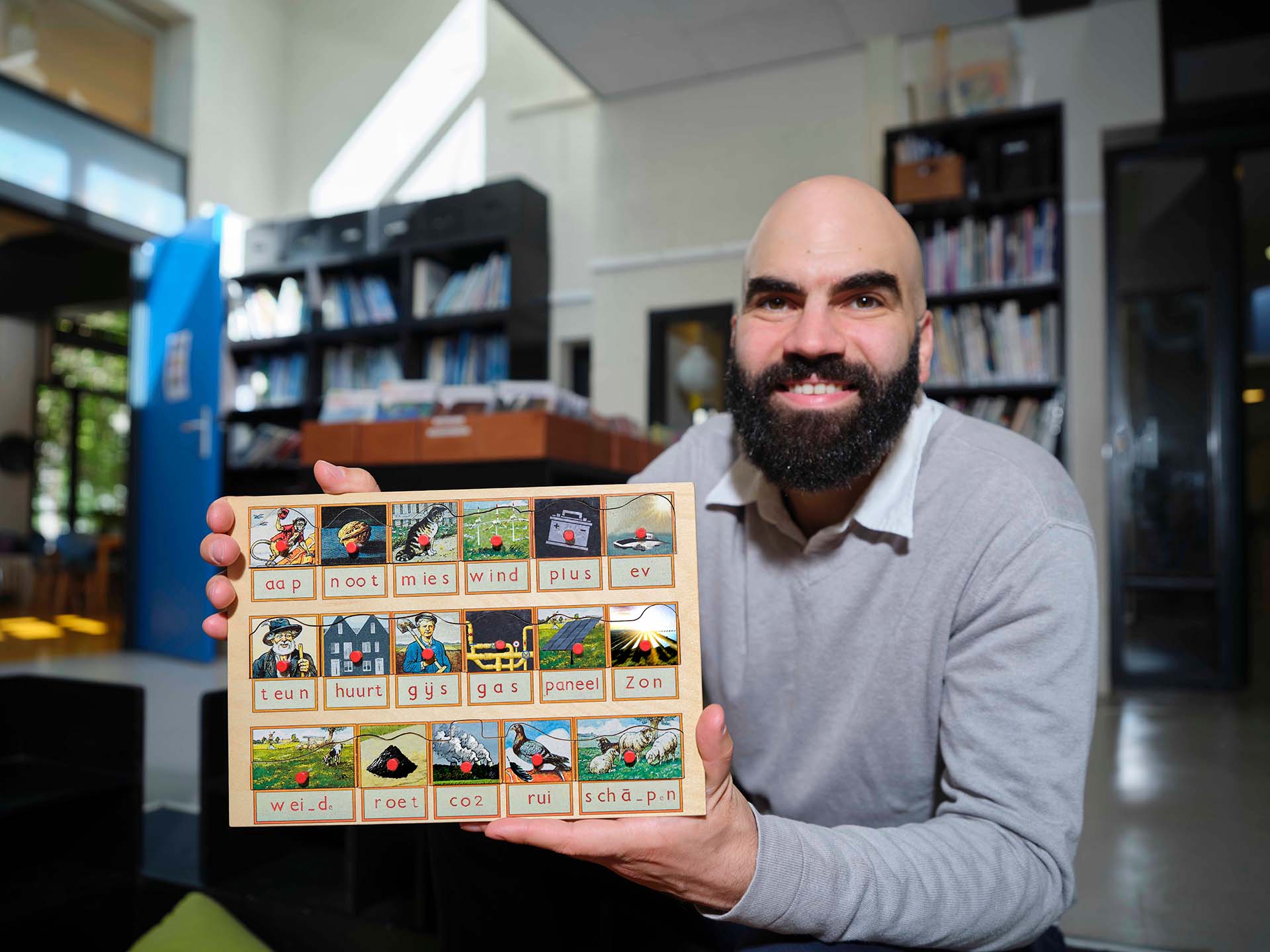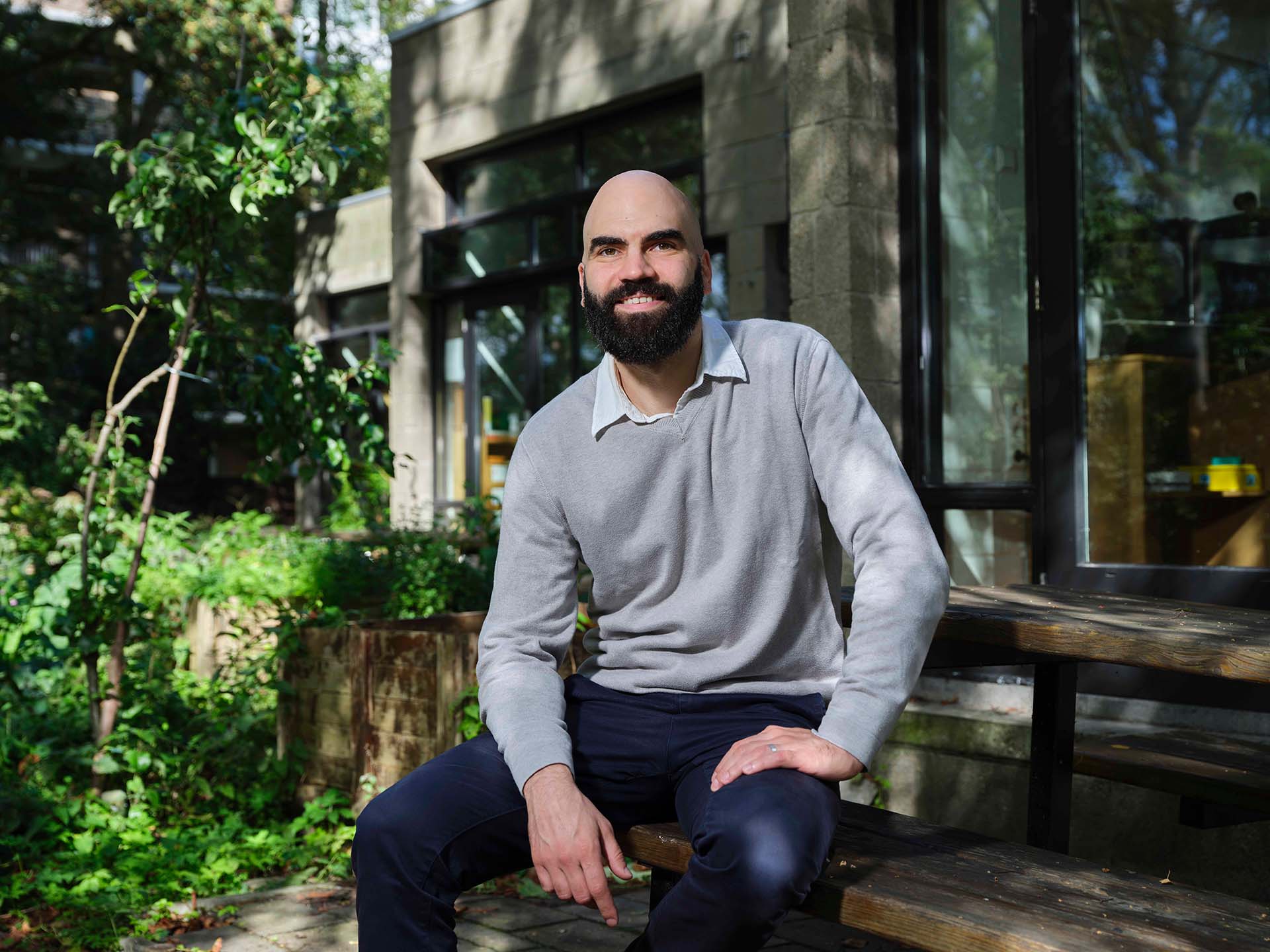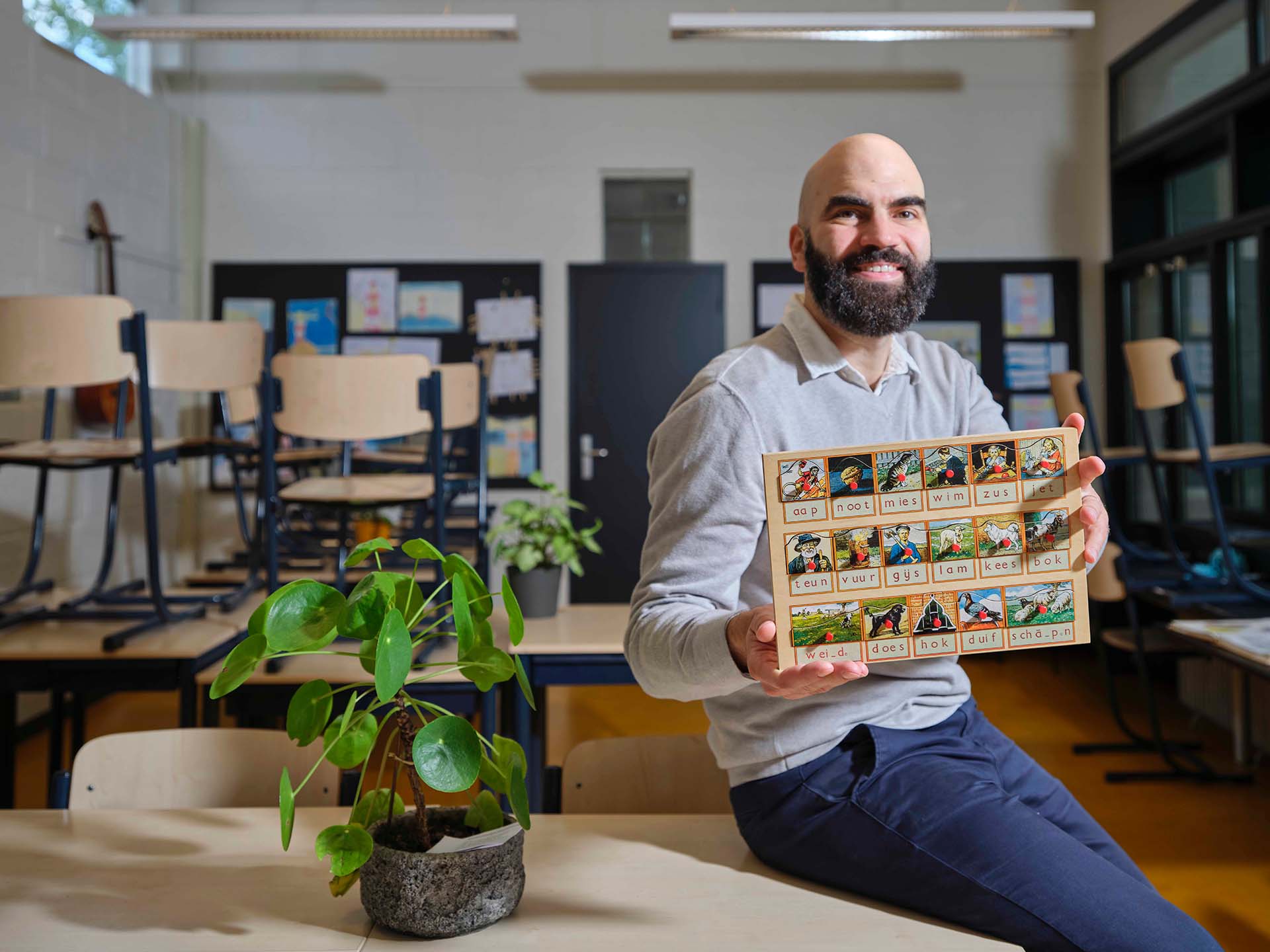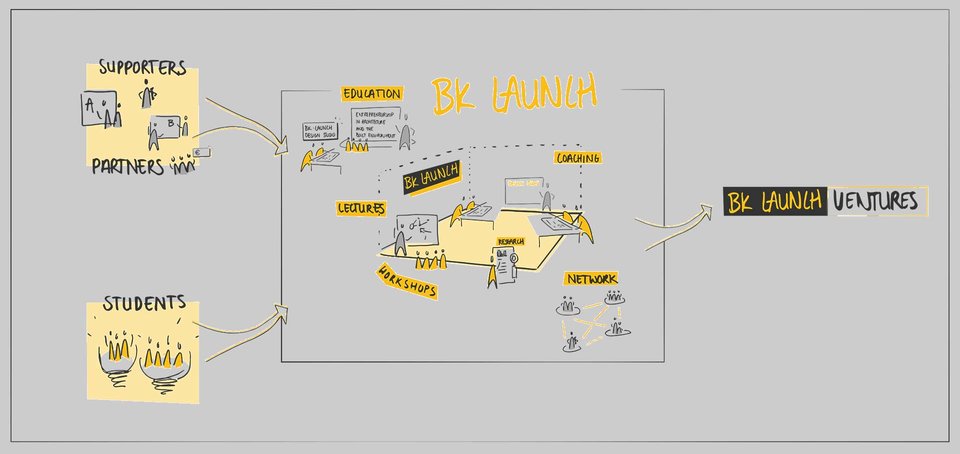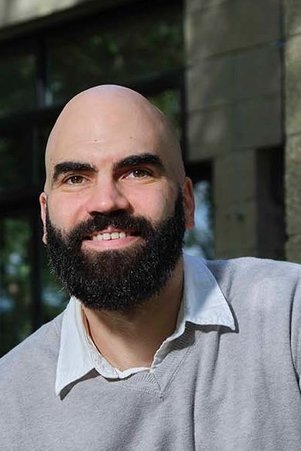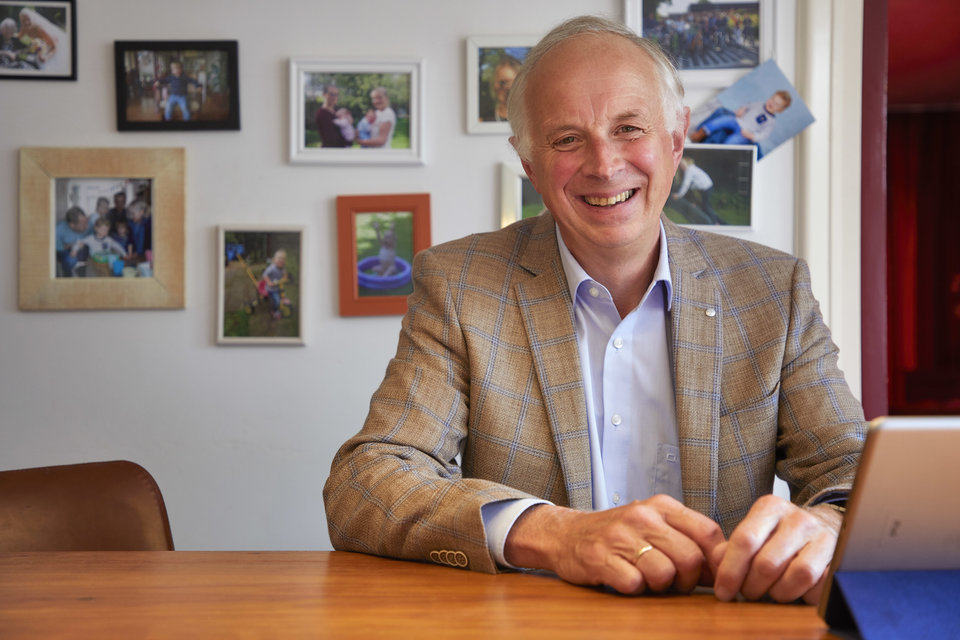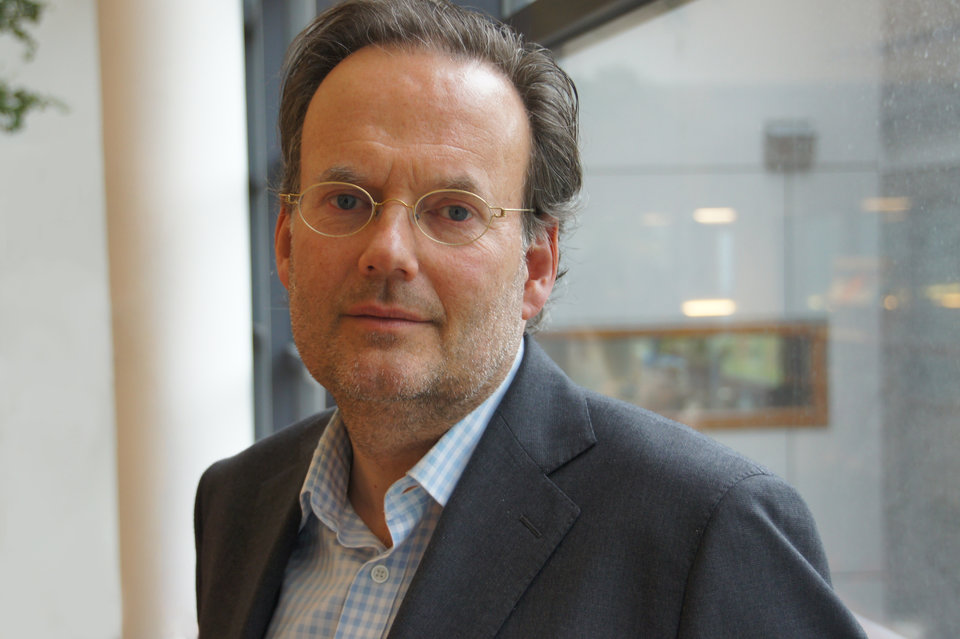Educating our way to an energy transition
Many in the Netherlands already use renewable energy sources to heat their homes and power their cars – it is among the leading countries in Europe for both electric vehicle adoption and per capita use of solar cells for electricity. Even before the war in Ukraine and fuel prices skyrocketed the energy transition was seen as crucial, but now it has taken on a whole new life and there is a lot left to achieve.
Milos Cvetkovic (assistant professor in the Intelligent Electrical Power Grids group at TU Delft) said that both standard consumers and electricity ‘prosumers’ are connected by one thing: the grid. “Most of our energy infrastructure was developed right after World War Two. Throughout the 1980s and 1990s, people thought there wasn’t much left to improve, but then we started to learn about climate change. When my scientific career started in 2009, people understood we would need new sustainable energy resources and new ideas on how to integrate them. Now, thirteen years later, we need both more than ever if we want to reduce our carbon footprint.”
A focus on development
Cetkovic studied Electrical Engineering in Belgrade and Pittsburgh. “Like many young people, I wanted to contribute something to society, putting my braincells and hands to good use. Working on renewable energy seemed like a good way ahead. I always imagined I would work in industry, but while doing my PhD I discovered that I love research, the student community and student spirit.”
After postdoctoral work at MIT, Cvetkovic joined TU Delft. “Delft puts a lot of focus on technology development. I think there are 900 researchers working on energy-related topics here, from new technological concepts to technology adoption. That’s not just PR: after six years in Delft, I’m still meeting people here that I didn’t know were working in the energy field. It’s super great to be a part of this.”
After six years in Delft, I’m still meeting people here that I didn’t know were working in the energy field. It’s super great to be a part of this.
Smarter solutions for today’s grid
Working on renewable energy integration, Cvetkovic finds himself in the middle of frantic developments. “Take for example heating, which now happens predominantly by burning natural gas. We need to find a sustainable alternative, and a good chunk of heating solutions will use electricity in some way or another. It is the same story for transportation becoming electric. All around, there will be more reliance on the electricity grid to generate and deliver electricity. That’s why we need to take the grid to the next phase of its evolution, where it can accommodate many solar and wind energy producers as well as a wide range of energy consumers. There’s a lot to do: we need to reinforce the grid, make it bigger and stronger, but also completely develop an estimated 30% of additional grid links to accommodate new developments. That’s a huge chunk, requiring a lot of time and resources. In the meanwhile, we should embrace smarter solutions so that today’s grid can deal with the challenges that new energy technologies bring in, like variability. We’re talking smarter controls, more sensors, better models to understand what is going on. All so that we can better manage the grid and control the flows of electricity.”
The energy transition is not going to happen by itself. We need people to make it happen, and we need society to understand how crucial it is.
Energy and money
Beyond developing the nuts and bolts of energy technologies, Cvetkovic is especially interested in their management and control. “If we all charge our electric cars when we get home after work hours, the grid will crash. Better energy management systems can shift consumption further into the night when the grid is less burdened. This is a well-known example, but there are many more, such as using electric vehicles as mobile battery storage units, or even using charged vehicles travelling along the highway to transport energy across blocked parts of the grid. The key to such solutions is how they are coordinated, and I’m developing energy management systems for this. I’m also looking at economic challenges – electric vehicle owners need a good incentive to let their cars be used for such a purpose. It’s not just about algorithms for energy exchange, but also about money.”
Spread the message
Cvetkovic is outspoken on how to progress the field: “We have to move faster – fast enough to match the speed of climate change – and yet we’re currently slowed down by challenges across the whole spectrum. For example, grid operators would gladly reinforce their grids and connect everyone who wants to contribute, but they lack the workforce to do so. There’s also lots to learn about the management, coordination and operation of the future grid. What I would say is that if we want the energy transition to succeed, education matters most, even more than research or technology development. We need to educate wider society and energy transition professionals. Both need much more attention and resources. The energy transition is not going to happen by itself. We need people to make it happen, and we need society to understand how crucial it is.”
As part of his Bachelor’s course on Sustainable Electricity Supply, Cvetkovic makes students think about the challenges of the future, hoping to inspire them to join the energy transition workforce. “We should not fall into the trap of thinking that there are enough ‘energy technology nerds’ and that they will save the day. There aren’t enough of us. We need many more. That’s why I think that I can make the strongest impact by teaching.”
The holy grail is to build a customizable system that can be used in a plug-and-play fashion for any type of community, big or small, with any combination of energy generators, storage systems and consumption patterns.
Hybrid energy storage
Cvetkovic said that bringing systems that store energy into the mix is essential for the next step in the energy transition: “I’ve been having a lot of fun with a recent project: the 24/7 Energy Lab project at TU Delft. We are developing a hybrid energy storage system to help a model household become self-sufficient in terms of energy, fully disconnecting it from the grid. What’s really new – and we’re among the first pilot projects to do this – is that we use hydrogen to store energy. Any excess available energy is used to produce hydrogen from water, so energy can be extracted later by burning the hydrogen in a fuel cell.
“While lithium ion batteries are most efficient for short-term storage, hydrogen has the advantage that it can store energy for months. This will allow, for example, using energy from the summer sun to beat the winter cold. An energy management system for such a household has to take much longer timespans into account, which is rather new. That means determining exactly the right time to push energy from solar panels either to consumption or to storage in a lithium ion battery or hydrogen tank. Figuring all of this out is a lot of fun.”
By 2023, the project should have produced a first prototype storage system for use by a household, but Cvetkovic is already looking further into the future. “Let’s see what we can do at a neighbourhood scale. Let’s see if we can build a similar system for an entire green village. The holy grail is to build a customizable system that can be used in a plug-and-play fashion for any type of community, big or small, with any combination of energy generators, storage systems and consumption patterns.”
Mixed feelings
Is Cvetkovic hopeful that we’ll be able to find answers in time? “When I’m in the lab, I’m on the hopeful side of the spectrum. With every new day we do something new and we analyse its potential impact once it gets into society. It’s when I look out of the window that I have mixed feelings. I feel we are still neglecting the energy transition because ‘it’s not going to hurt us tomorrow’ and there always seem to be more urgent problems. Don’t get me wrong, I’m not trying to compare things like the pandemic with climate change, but two years on from the pandemic we are able to move forward again. By contrast, climate change is not something we can so easily move forward from after a few years. The more we continue changing the climate, the longer it will take to bring things back to the previous state, if it’s possible at all. This is issue really is something that’s going to stay with us for generations to come and we can do something about it.”

